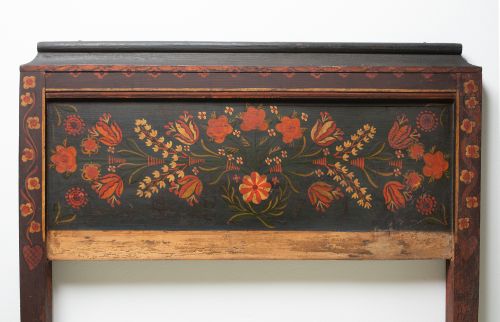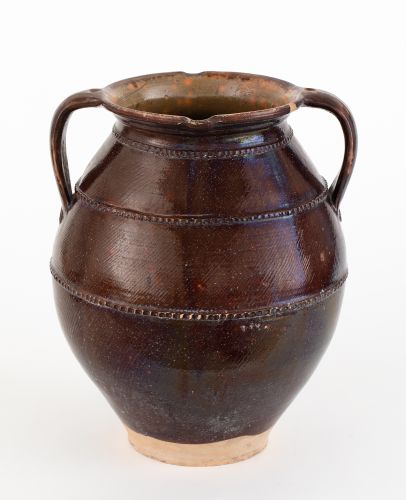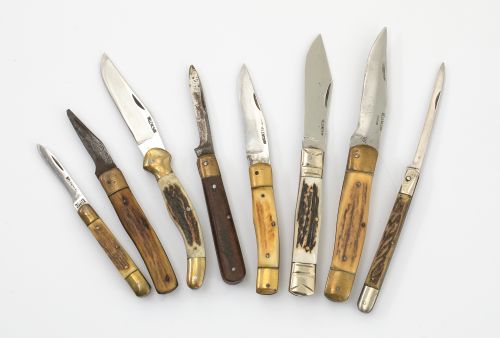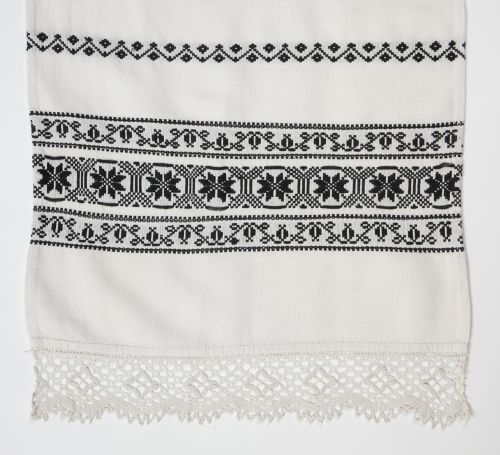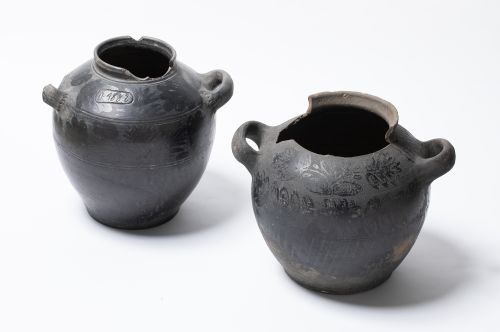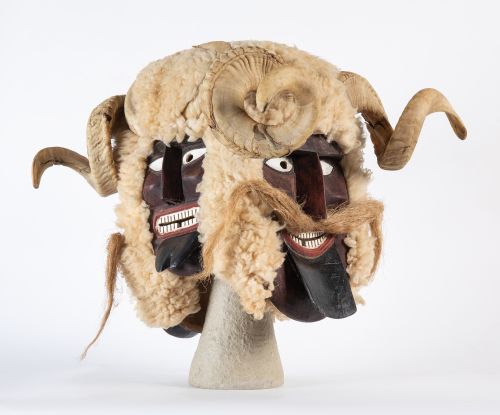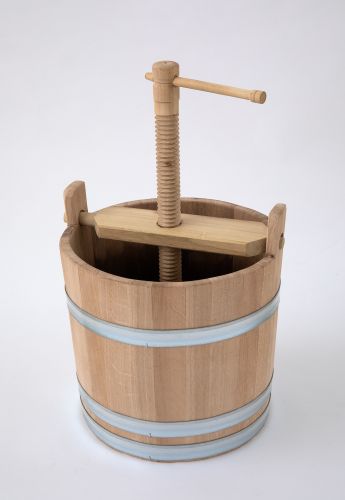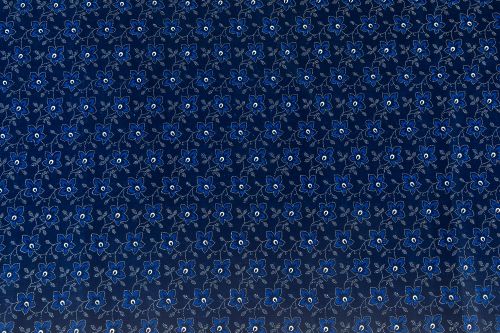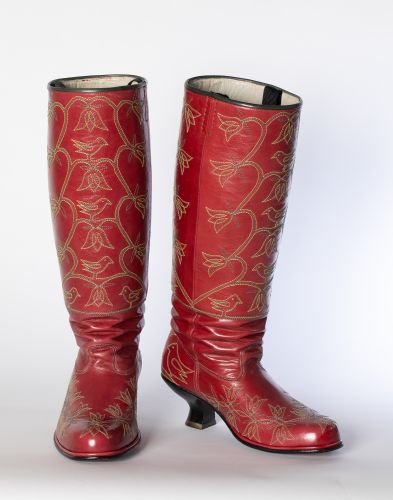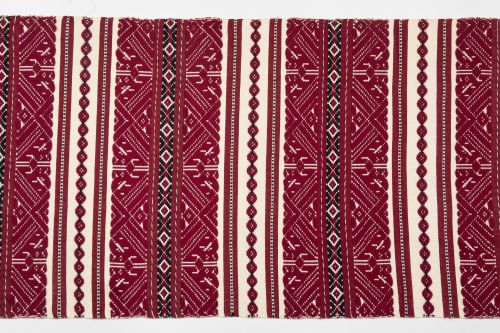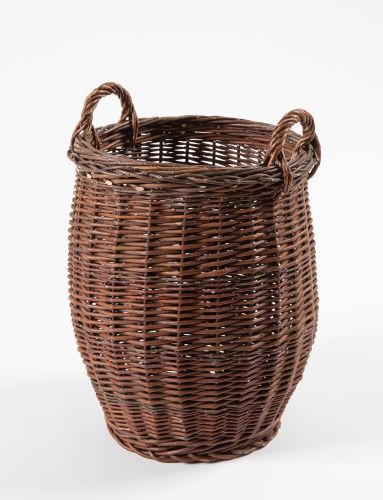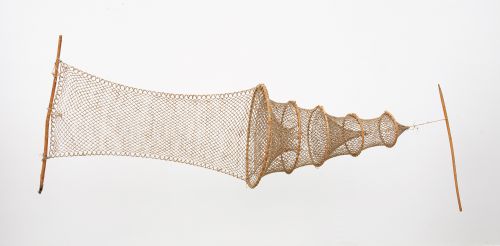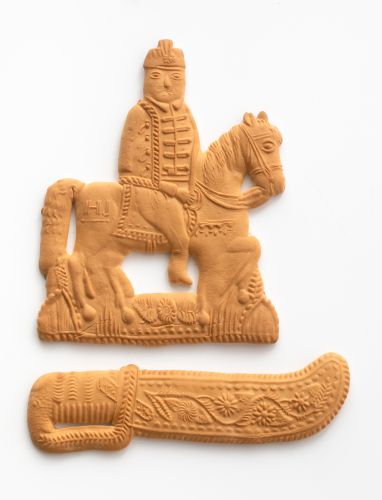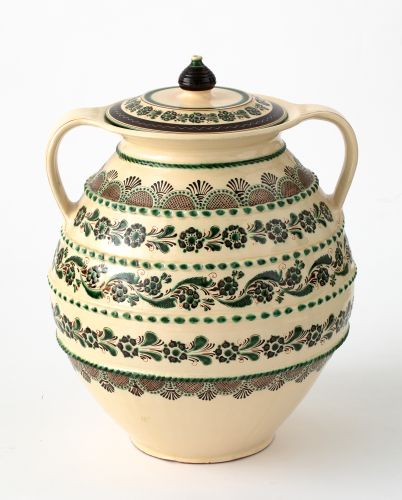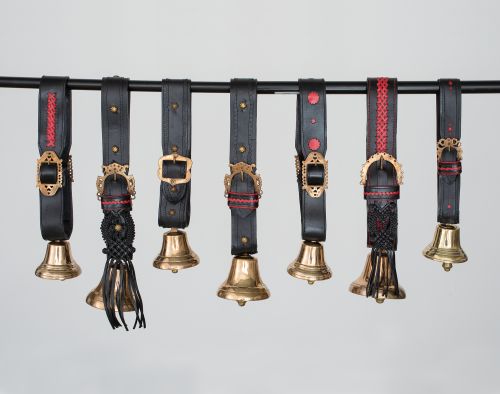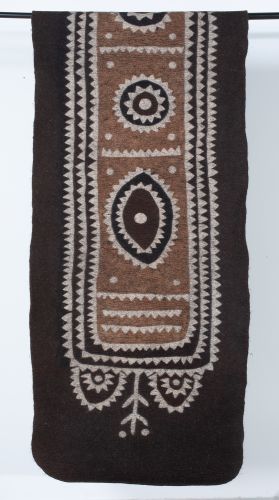The blue dyer Kovács family
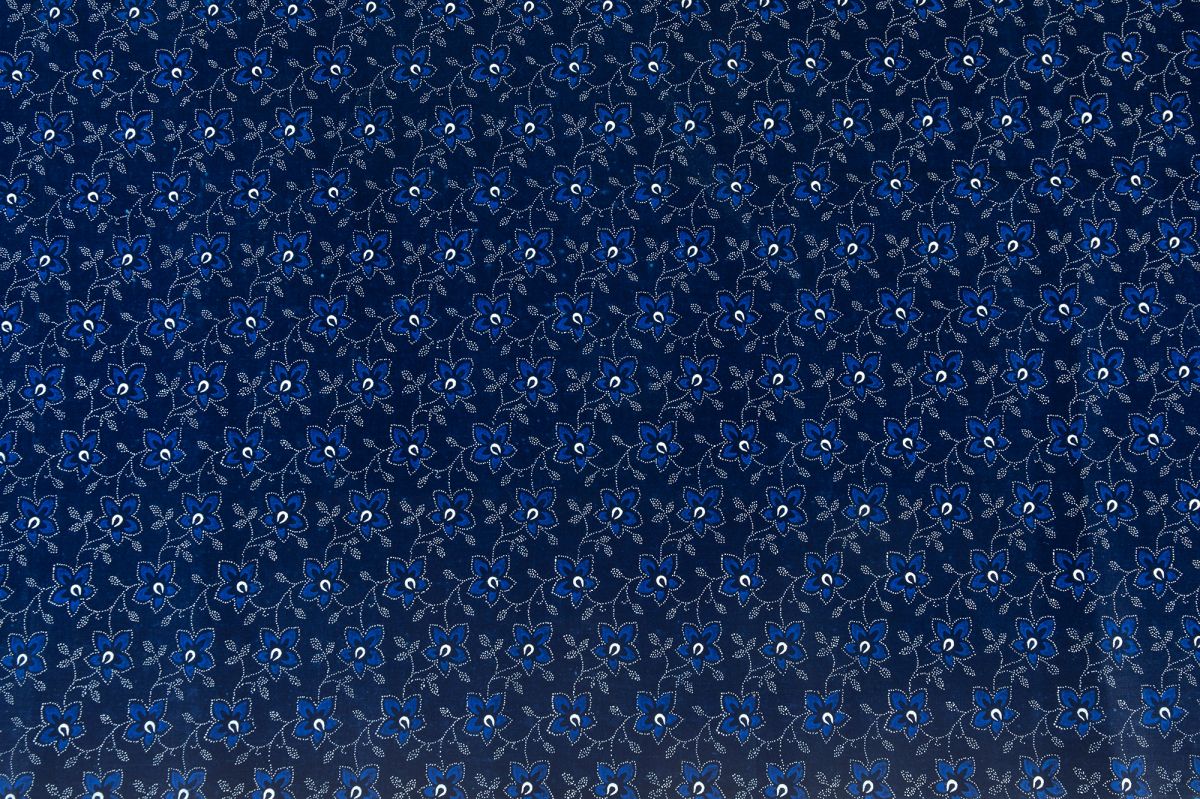
KOVÁCS Miklós
Indigo dye textile with ‘big leaf’ design / 2012
cotton, traditional bluedyeing
Photo: SULYOK Miklós
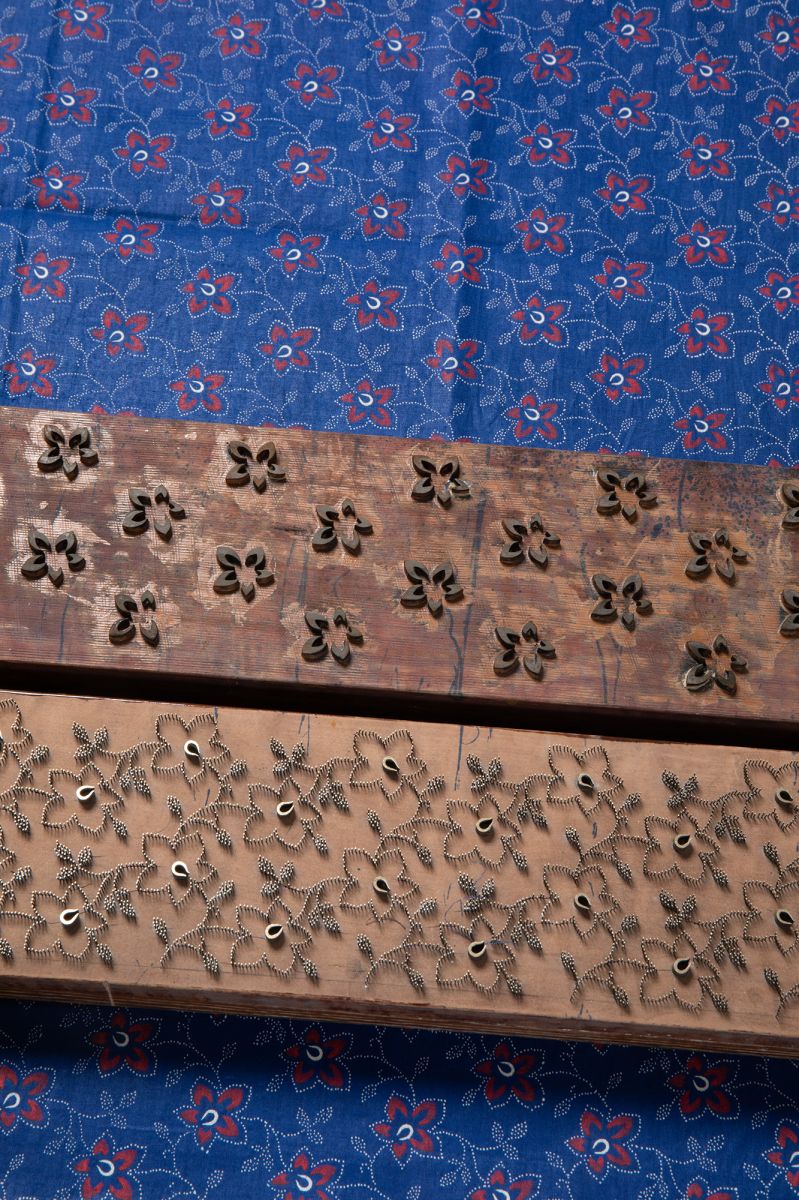
KOVÁCS Miklósné SZABÓ Margit
Bluedye textile with ‘big leaf’ design and woodblocks / 2012 and 1921
cotton and traditional bluedyeing
Photo: SULYOK Miklós
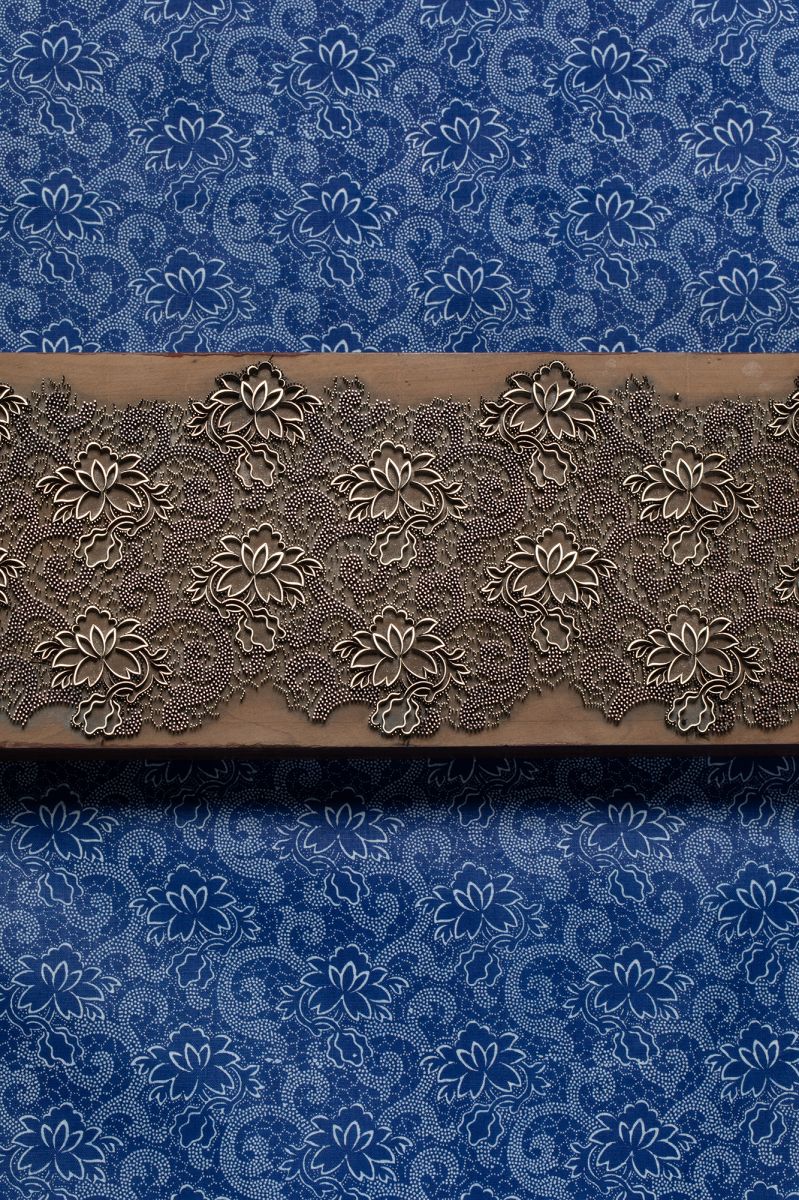
HOFFMANNÉ KOVÁCS Gabriella and HOFFMANN Gábor
Bluedye textile with ‘Fehérvár lace’ and woodblock / 2002 and 1925
cotton and traditional bluedyeing
Photo: SULYOK Miklós
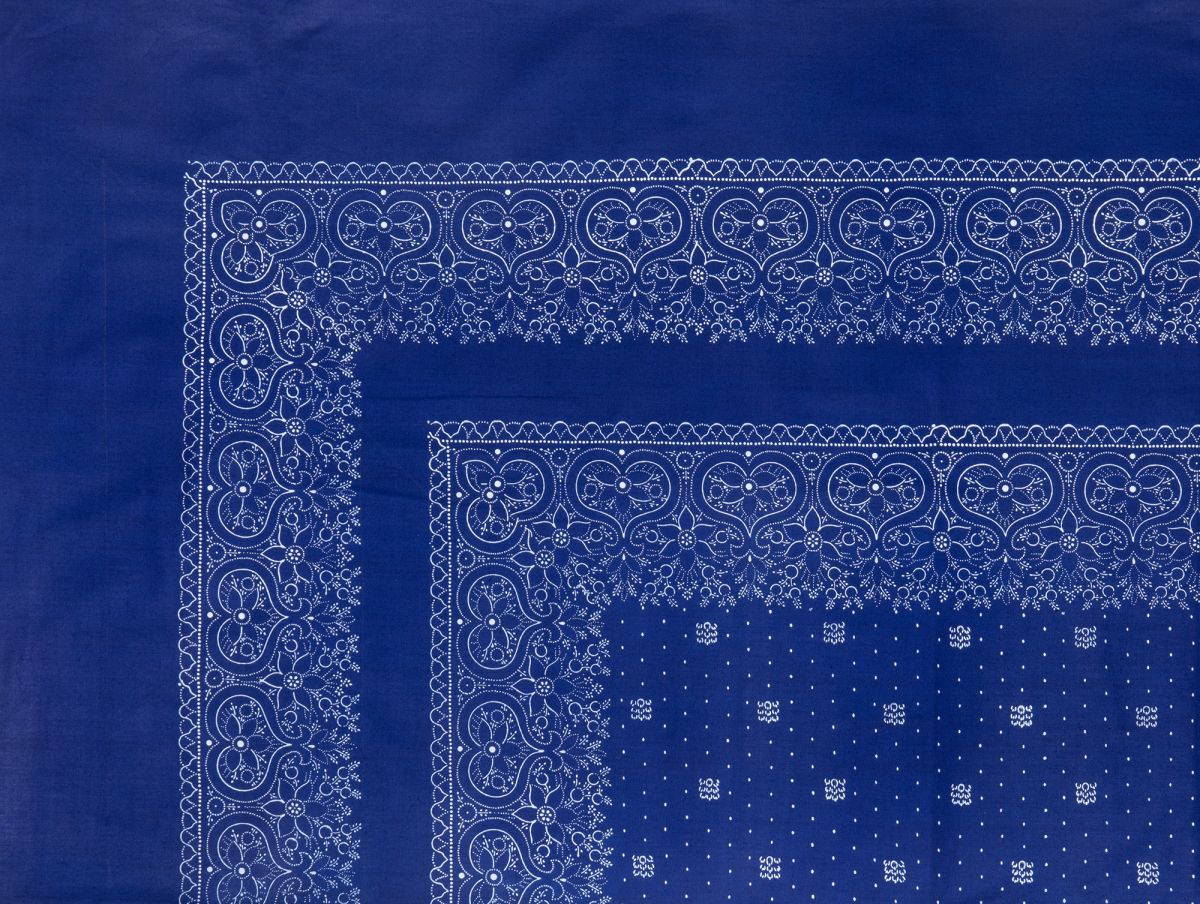
PANÁKNÉ KOVÁCS Mária
Hand-decorated bluedye tablecloth with heart-shaped motifs / 2021
cotton and traditional bluedyeing
Photo: SULYOK Miklós
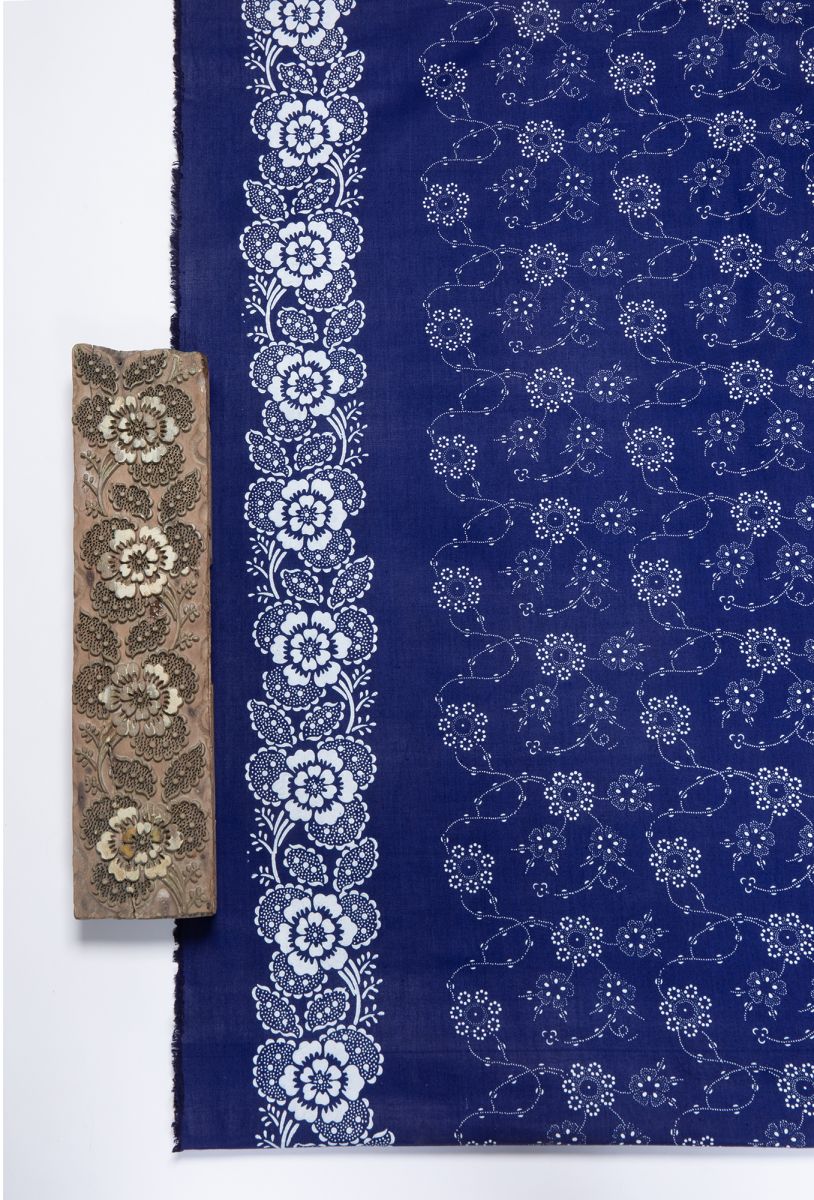
PANÁK Ferenc (1951–2014)
Bluedye textile printed with ‘old lace’ Perrotin design and with a ‘four-rose’ border and woodblock / 2013 and 1924
cotton and traditional bluedyeing
Photo: SULYOK Miklós
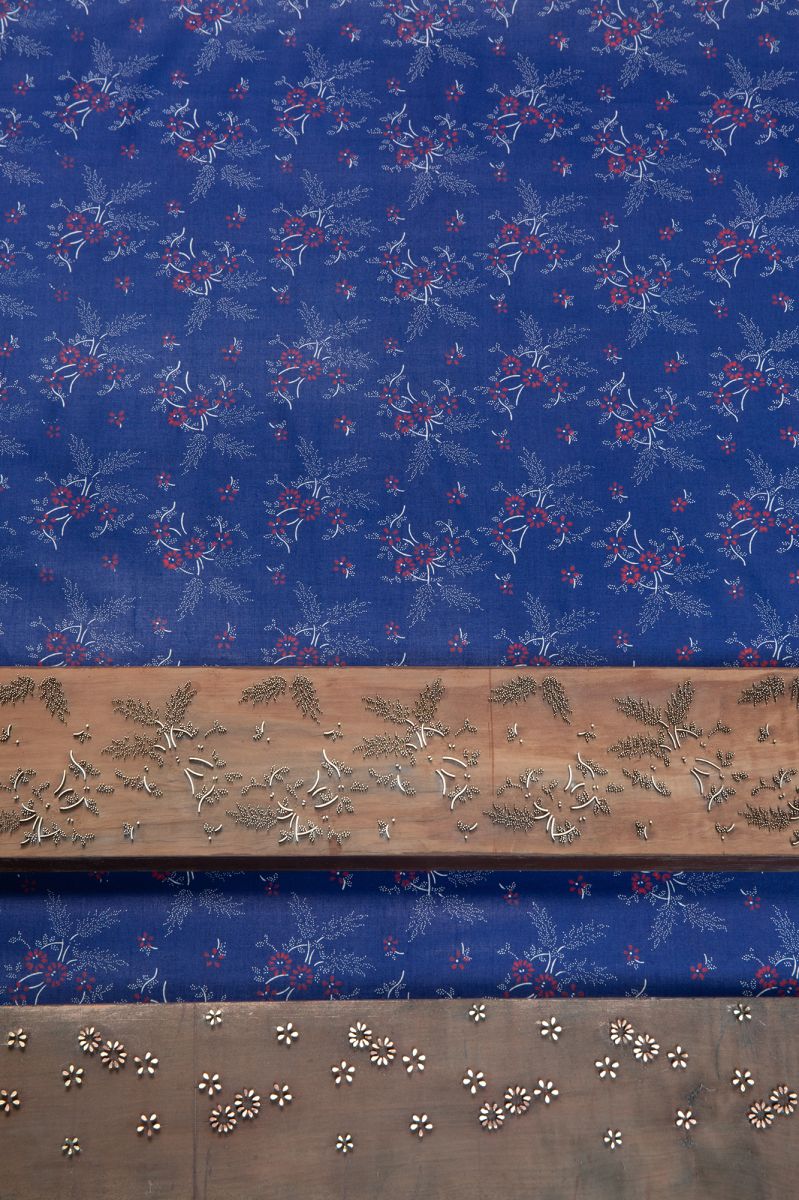
RUZICSKA-PANÁK Annamária
Bluedye textile with ‘long-stem’ design and woodblocks / 2019 and 1923
cotton and traditional bluedyeing
Photo: SULYOK Miklós

PANÁK Veronika
Bluedye textile with ‘little flowers and long stems’ design / 2022
cotton and traditional bluedyeing
Photo: SULYOK Miklós
In Hungary, the blue dyed fabric has played an important role in costumes and home textiles and is part of the national culture. The tradition of blue dyeing has been part of the Hungarian Intangible Cultural Heritage since 2015, and since 2018 it is part of the UNESCO Intangible Cultural Heritage.
The Kovács family has been making blue-dyed textiles since 1836, and the first workshop of the trade, which had been passed down from father to son, was founded by the great-great-grandfather Miklós Kovács in Kecskemét. Of his sons, Miklós settled in Kiskunfélegyháza in 1878. His son, the great-grandfather, Miklós Kovács Sr. opened his workshop in Tiszakécske in 1927, and in 1962 he and his wife, his son and his daughter-in-law built a workshop together, where three generations of the family have been working together up to the present day.
Grandfather Miklós Kovács passed the master’s examination in blue painting in 1962 and then received the title Applied Folk Artist. By the year 1985, he had already been named Master of Folk Art, and in 2009 he received the Zoltán Kodály Award of the Pro Renovada Cultura Hungariae Foundation, was awarded the Officer’s Cross of the Polish Order of Merit in 2011, the Kossuth Prize in 2019, and then he was elected to become one of the Artists of the Nation in 2020. His wife, Margit Szabó has been an Applied Folk Artist since 1982.
Their daughter, Gabriella Hoffmanné Kovács was awarded the title of Young Master of Folk Art in 1982 and the title of Applied Folk Artist in 1984. Together with her husband, Gábor Hoffmann, they are actively participating in the cultivation of the craft. Their younger daughter, Mária Panákné Kovács became an Applied Folk Artist in 1989. Her husband, Ferenc Panák passed his master’s examination in blue dyeing in 2000 and received the title Applied Folk Artist in 2002. They opened their unique blue dyeing shop in Szentendre in 1992, where they present the history and technology of the craft and the diversity of the use of blue dyeing materials, from basic traditional pieces to works of art that also meet present-day requirements. In 2000, they founded a blue dyer workshop together in Budapest. The 7th generation of the family, Veronika Panák and Annamária Ruzicska-Panák (who has been a Young Master of Folk Art since 2019), have carried on the tradition.
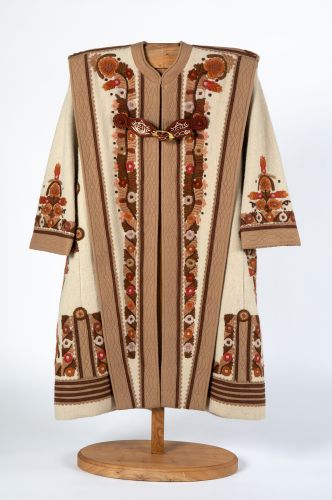
The Csibi family, peasant cloak embroiderers and makers
